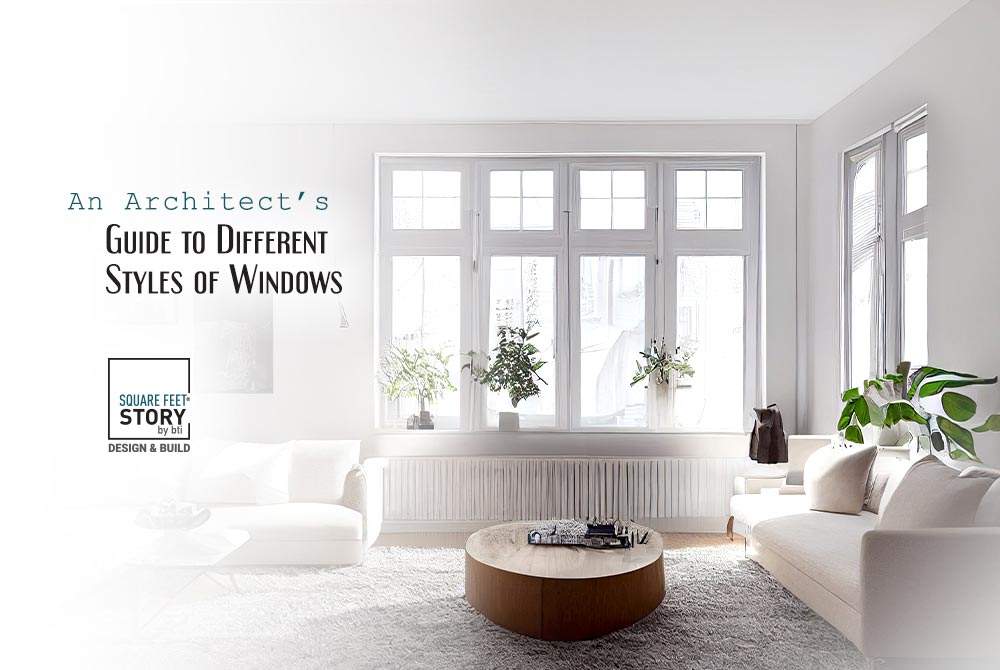
An Architect’s Guide to Different Styles of Windows
Windows are not just functional elements of a building. They also add beauty, character, and personality to a space. Windows can create a mood, enhance a view, or let in natural light. They can also reflect the style and taste of the homeowners or the architects.
But how do you choose the right window for your home or project? There are many different types of windows available, each with its own advantages and disadvantages. Some windows are more suitable for certain climates, locations, or functions than others. Some windows are more energy-efficient, durable, or easy to operate than others.
In this blog, we will explore the different styles of windows and their features. We will also give you some tips on how to select the best window for your needs and preferences. Whether you are looking for a window that is classic, modern, elegant, or quirky, we have something for you.
Fixed Windows
Fixed windows are windows that do not open or close. They are usually installed for aesthetic purposes, to let in natural light, or to provide a panoramic view of the outside. Fixed windows are also called picture windows because they act like frames for the scenery.
Fixed windows are ideal for rooms that do not require ventilation, such as living rooms, dining rooms, or bedrooms. They can also be used to create a focal point or a dramatic effect in a space. Fixed windows come in various shapes and sizes, from rectangular to circular to triangular. They can also be combined with other types of windows to create interesting designs.
Fixed windows are very energy-efficient because they have no gaps or cracks that can let in cold or hot air. They are also easy to maintain because they do not have any moving parts that can wear out or break. However, fixed windows can also pose some challenges. For example, they can be difficult to clean from the outside, especially if they are high up or large. They can also make a room feel stuffy or claustrophobic if there is no other source of ventilation.
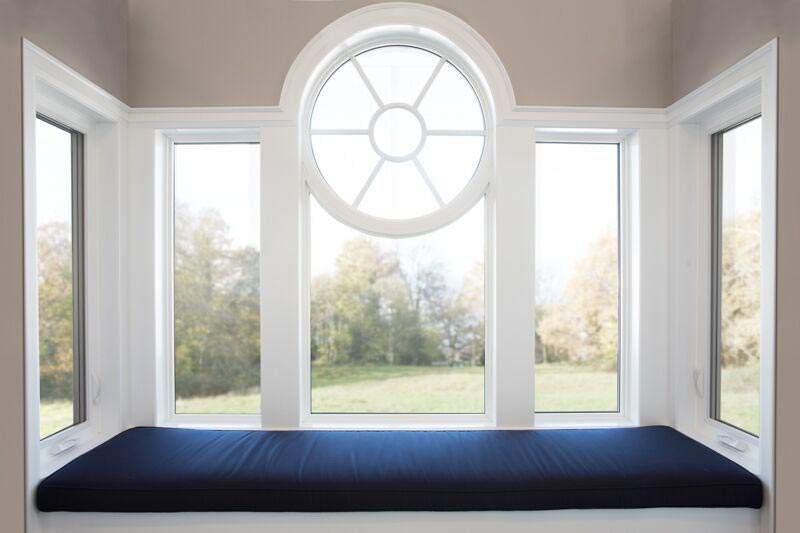
Sliding Windows
Sliding windows are windows that open and close by sliding horizontally along a track. They are also called gliding windows or slider windows. Sliding windows are very common and popular because they are simple, practical, and versatile.
Sliding windows are suitable for rooms that need ventilation and natural light, such as kitchens, bathrooms, or laundry rooms. They can also be used to create a seamless transition between indoor and outdoor spaces, such as patios, balconies, or sunrooms. Sliding windows come in various sizes and styles, from single to double to triple sliders. They can also have different configurations, such as one fixed and one movable panel, or both panels movable.
Sliding windows are easy to operate because they do not require any lifting or cranking. They are also space-saving because they do not protrude into the room or the exterior when opened. However, sliding windows can also have some drawbacks. For example, they can be less energy-efficient than other types of windows because they have more gaps and seams that can let in air leaks. They can also be harder to clean because they have tracks that can accumulate dirt and debris.

Casement Windows
Casement windows are windows that open and close by swinging outward or inward on hinges. They are also called crank windows because they are usually operated by a crank handle. Casement windows are one of the oldest and most classic types of windows.
Casement windows are suitable for rooms that need maximum ventilation and natural light, such as bedrooms, living rooms, or offices. They can also be used to create a charming and elegant look in a space. Casement windows come in various shapes and sizes, from square to arched to octagonal. They can also have different styles of hinges, such as side-hung, top-hung, or bottom-hung.
Casement windows are very energy-efficient because they have a tight seal when closed that prevents air leaks. They are also easy to clean because they can be fully opened to access both sides of the glass. However, casement windows can also have some limitations. For example, they can be difficult to operate in windy conditions because they can catch the wind and slam shut or open. They can also obstruct walkways or views when opened because they stick out vertically.
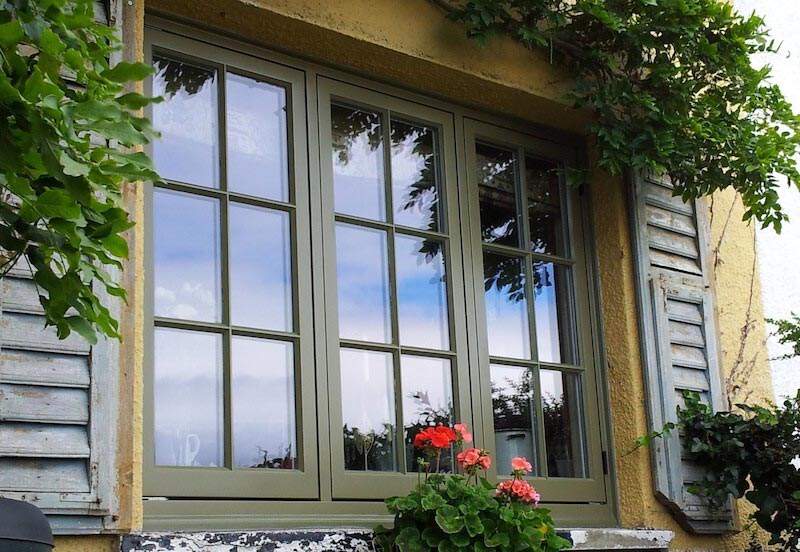
Awning Windows
Awning windows are windows that open and close by tilting outward from the bottom on hinges. They are also called hopper windows when they tilt inward from the top. Awning windows are similar to casement windows but smaller and horizontal.
Awning windows are suitable for rooms that need ventilation even in rainy weather, such as bathrooms, kitchens, or basements. They can also be used to create a modern and sleek look in a space. Awning windows come in various sizes and styles, from narrow to wide to curved. They can also be combined with other types of windows to create interesting designs.
Awning windows are easy to operate because they have a simple crank or lever mechanism. They are also space-saving because they do not protrude into the room or the exterior when opened. However, awning windows can also have some disadvantages. For example, they can be less energy-efficient than other types of windows because they have more gaps and seams that can let in air leaks. They can also be harder to clean because they have hinges that can rust or corrode.
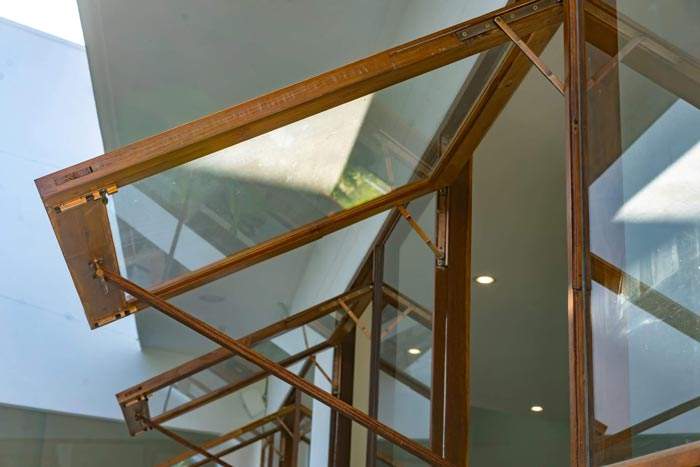
Bay and Bow Windows
Bay and bow windows are windows that project outward from the wall in a curved or angular shape. They are also called projection windows or box windows. Bay and bow windows are composed of three or more individual windows that are joined together at an angle.
Bay and bow windows are suitable for rooms that need extra space, natural light, or a panoramic view, such as living rooms, dining rooms, or bedrooms. They can also be used to create a cozy and inviting look in a space. Bay and bow windows come in various shapes and sizes, from rectangular to hexagonal to circular. They can also have different types of windows as their components, such as fixed, casement, or double-hung.
Bay and bow windows are very attractive and decorative because they add dimension and character to a building. They are also functional because they provide additional seating, storage, or display space inside the room. However, bay and bow windows can also have some challenges. For example, they can be expensive and difficult to install because they require structural support and custom framing. They can also be less energy-efficient than other types of windows because they have more exposed surface area that can lose or gain heat.
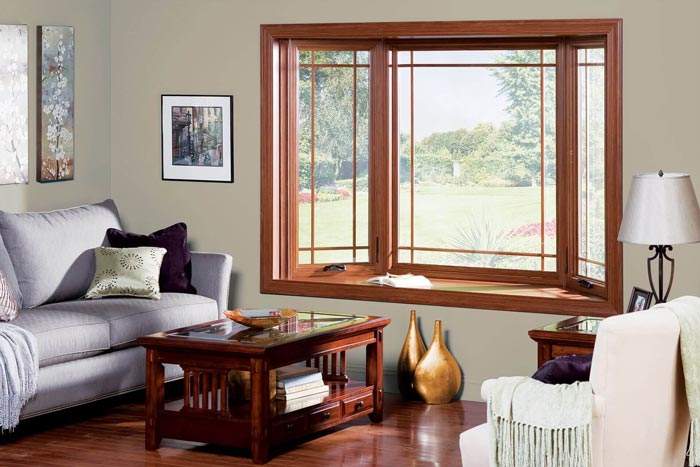
Skylights
Skylights are windows that are installed on the roof or ceiling of a building. They are also called roof windows or rooflights. Skylights are designed to let in natural light, fresh air, or both.
Skylights are suitable for rooms that need more illumination, ventilation, or a connection to nature, such as attics, lofts, or sunrooms. They can also be used to create a dramatic and stunning look in a space. Skylights come in various shapes and sizes, from square to oval to triangular. They can also have different features, such as fixed, vented, or operable.
Skylights are very beneficial because they can reduce the need for artificial lighting and improve the mood and health of the occupants. They are also aesthetically pleasing because they can create a sense of spaciousness and openness in a room. However, skylights can also have some drawbacks. For example, they can be costly and complicated to install because they require cutting through the roof and sealing the opening. They can also be less energy-efficient than other types of windows because they can let in too much heat in summer or too little heat in winter.

Storm Windows
Storm windows are windows that are installed over existing windows to provide extra protection from harsh weather conditions, such as wind, rain, snow, or hail. They are also called secondary windows or supplementary windows. Storm windows are usually removable and temporary but can also be permanent and fixed.
Storm windows are suitable for rooms that need more insulation, noise reduction, or security, such as bedrooms, living rooms, or offices. They can also be used to extend the lifespan and performance of existing windows. Storm windows come in various materials and styles, from wood to vinyl to aluminum. They can also have different types of glazing, such as single-pane, double-pane, or low-emissivity.
Storm windows are very practical and economical because they can improve the energy efficiency and comfort of a building without replacing the original windows. They are also easy to install and remove because they do not require any alterations to the existing window frames. However, storm windows can also have some limitations. For example, they can reduce the visibility and ventilation of the original windows because they add another layer of glass. They can also be less attractive and durable than other types of windows because they can fade, crack, or warp over time.

Transom Windows
Transom windows are windows that are installed above doors or other windows to provide extra light or ventilation. They are also called fanlight windows or fanlights. Transom windows are usually small and rectangular but can also be arched or curved. Transom windows are suitable for rooms that need more brightness, airflow, or style, such as entryways, hallways, or bathrooms. They can also be used to create a vintage and elegant look in a space. Transom windows come in various designs and patterns, from plain to stained to frosted. They can also have different types of openings, such as fixed, hinged, or pivoted. Transom windows are very charming and decorative because they add interest and detail to a door or window. They are also functional because they allow natural light and fresh air to enter without compromising privacy or function.

Windows are more than just functional elements of a building. They also have a significant impact on the aesthetics, comfort, and sustainability of a space. Choosing the right window for your home or project can make a big difference in your energy efficiency, environmental footprint, and overall satisfaction. There are many different styles of windows available, each with its own features and benefits. Some windows are more suitable for certain climates, locations, or functions than others. Some windows are more energy-efficient, durable, or easy to operate than others.
If you are looking for high-quality, eco-friendly, and stylish windows for your space, contact us today. We have a wide range of options to suit any taste and budget. We also offer professional installation and excellent customer service. Let us help you create your dream space!

